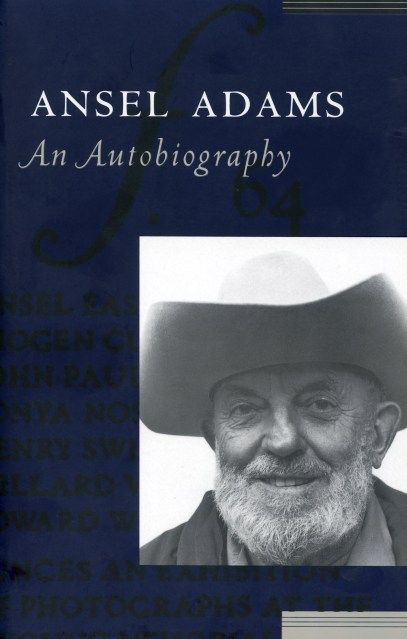Ansel Adams
An Autobiography
Contributors
By Ansel Adams
Buy from Other Retailers:
- On Sale
- Feb 21, 2017
- Page Count
- 400 pages
- Publisher
- Little, Brown and Company
- ISBN-13
- 9780316437011
Discover this “evocative celebration of the life, career, friendships, concerns, and vision” of Ansel Adams, America’s greatest photographer (New York Times)
“No lover of Ansel Adams’ photographs can afford to miss this book.” – Wallace Stegner
Illustrated with eight pages of Adams’ gorgeous black-and-white photographs, this book brings readers behind the images into the stories and circumstances of their creation. Written with characteristic warmth, vigor, and wit, this fascinating account brings to life the infectious enthusiasms, fervent battles, and bountiful friendships of a truly American original.
“A warm, discursive, and salty document.” – New Yorker
Formats and Prices
Price
$11.99Price
$15.99 CADFormat
Format:
- ebook (Digital original) $11.99 $15.99 CAD
- Trade Paperback $21.99 $28.99 CAD
Newsletter Signup
By clicking ‘Sign Up,’ I acknowledge that I have read and agree to Hachette Book Group’s Privacy Policy and Terms of Use







